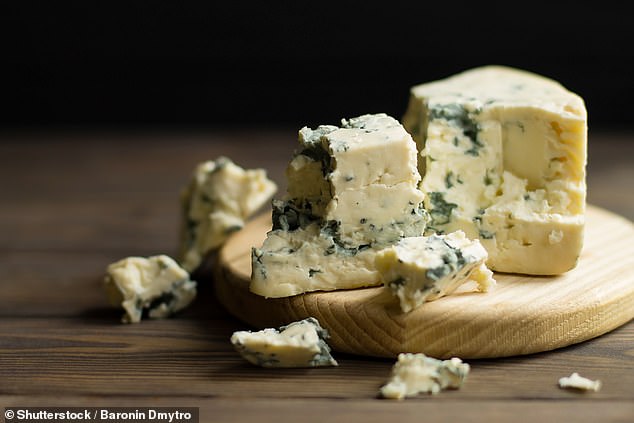The mysterious E.coli outbreak that killed 113 people and hospitalized 37 was likely caused by a ‘ready-to-eat’ product with a dairy element, an expert says
The mystery food behind an E.coli outbreak is likely to be a ready-to-eat product rather than something that has been cooked, a top scientist has suggested.
Hugh Pennington, emeritus professor of bacteriology at the University of Aberdeen, said historically a large number of foods have been linked to the rare Shiga toxigenic (STEC) bug.
But he considers it ‘very likely’ that it is a ‘ready-to-use product, possibly with a dairy origin’.
Health officials are rushing to identify the source of the STEC infection, which affected 113 people, mostly young adults, between May 25 and June 4, with more cases expected.
At least 37 people require hospital treatment.
The mystery food behind an E.coli outbreak is more likely to be a ‘ready to eat’ product than something that has been cooked, a top scientist has suggested (stock image)
Of the 113 cases – who range in age from two to 79 years – 81 were in England, 18 in Wales and 13 in Scotland. One case has been recorded in Northern Ireland, but officials believe the person was infected in England.
The UK Health Security Agency (UKHSA) said it believes the surge in cases stems from a ‘nationally distributed food product’ or ‘multiple food products’.
Professor Pennington told the Mail on Sunday: ‘We have had STEC outbreaks with food that is going to be cooked, the traditional types have been meat products, mince and burgers and so on, and cooking kills the insect stone dead.
“You would expect that if it’s food that is made safe by cooking, all the people who got sick didn’t cook their food properly.”
He said this was “highly unlikely” and that as a result undercooked meat “certainly would not be at the top of my list of suspects”, adding: “It would be much more likely that it is food that is not cooked before is consumed. .
‘For example, we have had outbreaks linked to the dairy products.
‘Cheese is a classic, ice cream, we’ve had ice cream before. A whole range of dairy products is processed.’
When asked what he thought the mystery food might be, he said: ‘I would cast my target very broadly because the problem is that any food that is processed could theoretically be contaminated.
‘Now some products are higher on the list, like cheeses for example. One of the questions I’m sure all people have been asked is, “Have you eaten cheese made from unpasteurized milk?”
“That would be something I would look at quite high on the list because we have had outbreaks of STEC linked to cheese from unpasteurized milk.”

Professor Pennington told the Mail on Sunday that cheese made with unpasteurised milk is high on his list of contaminated foods that may have caused the outbreak (stock image)
Professor Pennington also highlighted that there are other non-dairy products that “could also be on the list”.
He said identifying the mystery food could be “damn difficult” because officials will rely heavily on infected people’s memories of what they ate, which could have faded and therefore be inaccurate.
Officials, he said, would do “old-fashioned detective work” to identify the source, but even if they do, there could be little evidence left if it is not evenly distributed among the batches or if the contaminated parts have already been eaten .
To limit the risk of contamination, people are urged to regularly wash their hands, fruit and vegetables and cook food properly.
People with symptoms of the disease, including severe and sometimes bloody diarrhea, stomach cramps, vomiting and fever, are advised to stay away from work and school for at least 48 hours after symptoms stop, to avoid contracting the disease pass along.
Those with diarrhea and vomiting are urged not to prepare food for others.
